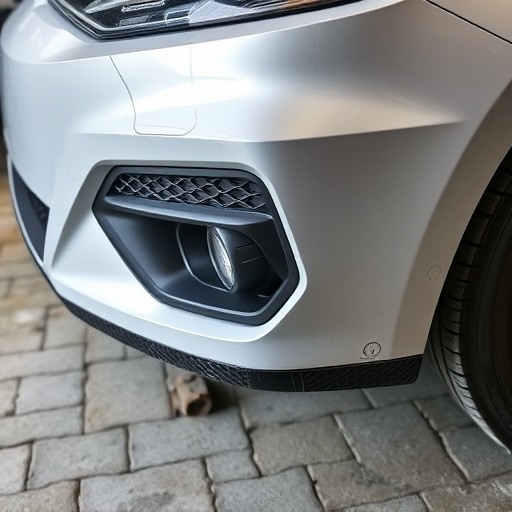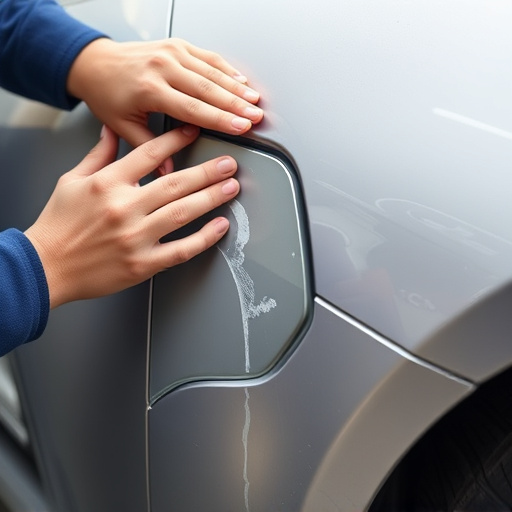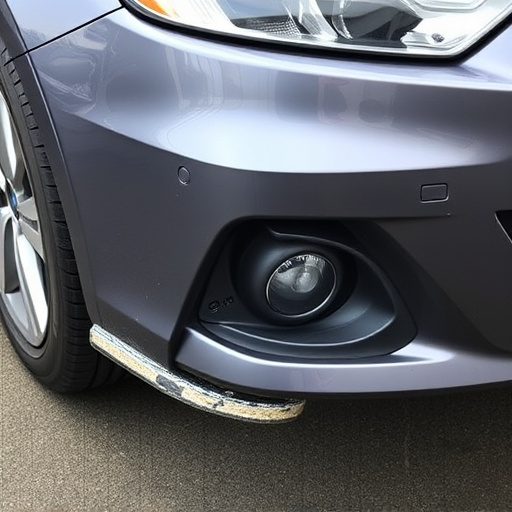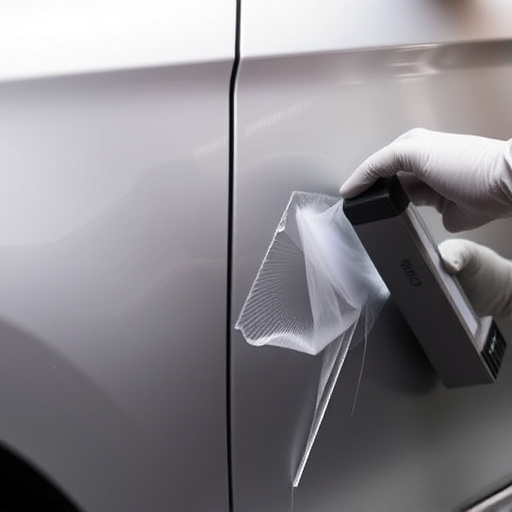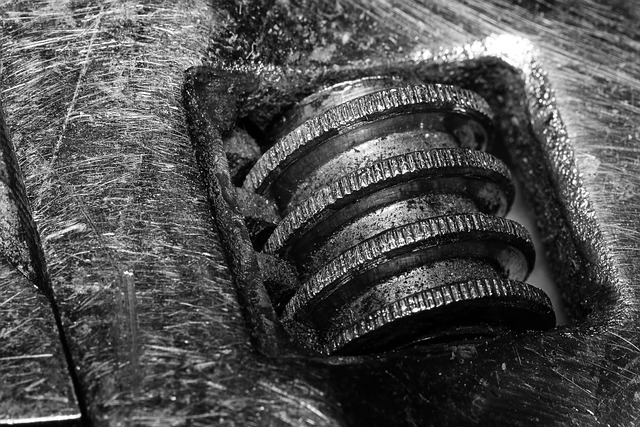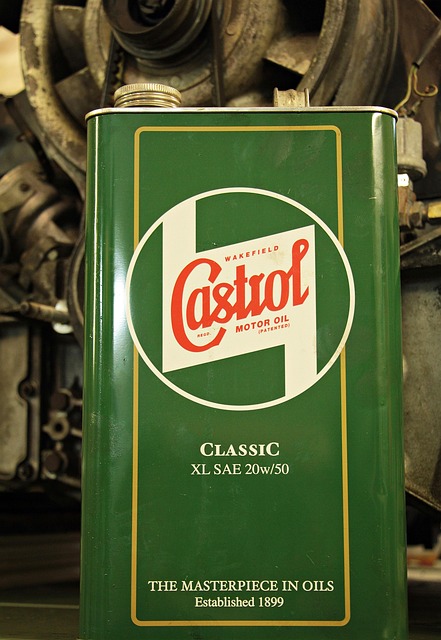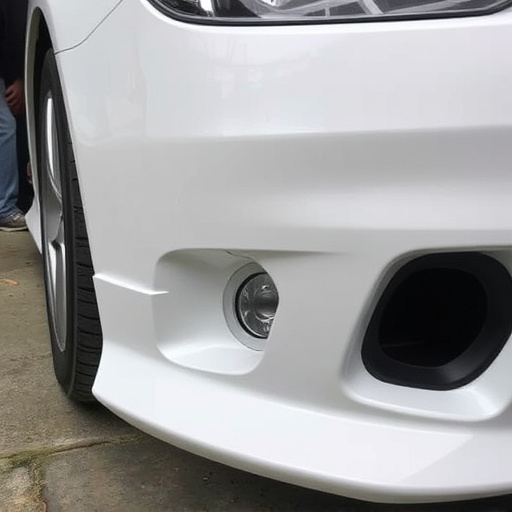Apron assembly repair is a critical auto body service, fixing or replacing this structural protector. Skilled techs use advanced tools to ensure precise fitting, adhering to factory specs for safety and aesthetics. Quality control measures, standardized protocols, and thorough inspections by experienced technicians guarantee durable repairs, enhancing customer satisfaction and the shop's reputation as a leader in automotive services. Following best practices, including using high-quality parts and proper preparation, ensures long-lasting apron assembly repair results.
In auto body shops, apron assembly repair is a critical yet often overlooked aspect of vehicle restoration. This article delves into the essentials of apron assembly repair, offering a comprehensive guide for shop owners and technicians. From understanding the basic components and their functions to implementing quality control measures that streamline operations, we explore best practices to ensure long-lasting results. By mastering apron assembly repair, body shops can enhance customer satisfaction and maintain competitive edge in today’s automotive market.
- Understanding Apron Assembly Repair: The Basics
- Quality Control Measures for Efficient Auto Body Shop Operations
- Best Practices for Ensuring Long-Lasting Results in Apron Repairs
Understanding Apron Assembly Repair: The Basics

Apron assembly repair is a specialized service within auto body shops, focusing on restoring or replacing the apron—a critical component in vehicle repairs. The apron, located at the front or rear of a car, serves as a protective barrier and plays a significant role in the overall structural integrity of the vehicle. When damage occurs, whether from accidents, wear and tear, or other causes, proper repair is essential for both safety and aesthetics.
This process involves careful disassembly, inspection, and reconstruction of the apron assembly. Skilled technicians utilize advanced tools and techniques to ensure precise fitting and alignment, maintaining the original factory specifications. Efficient apron assembly repair not only enhances the vehicle’s appearance but also guarantees its structural soundness, making it a vital part of comprehensive auto bodywork services offered by reputable body shop facilities.
Quality Control Measures for Efficient Auto Body Shop Operations

In auto body shops, efficient operations heavily rely on robust quality control measures for apron assembly repairs. These processes ensure that every component is meticulously inspected, ensuring the precision and integrity of the repair work. Skilled technicians employ advanced tools and techniques to detect even minor defects, preventing them from escaping detection. This proactive approach significantly reduces the risk of recurring issues, ultimately enhancing customer satisfaction with the car repair services offered.
Implementing standardized quality control protocols for apron assembly repairs streamlines operations, allowing auto body shops to maintain high standards consistently. Moreover, these measures foster a culture of continuous improvement, where every repair is an opportunity to refine techniques and enhance the overall quality of auto detailing work. Such meticulous attention to detail not only guarantees the longevity of vehicle aesthetics but also positions the shop as a leader in providing top-tier car repair services.
Best Practices for Ensuring Long-Lasting Results in Apron Repairs
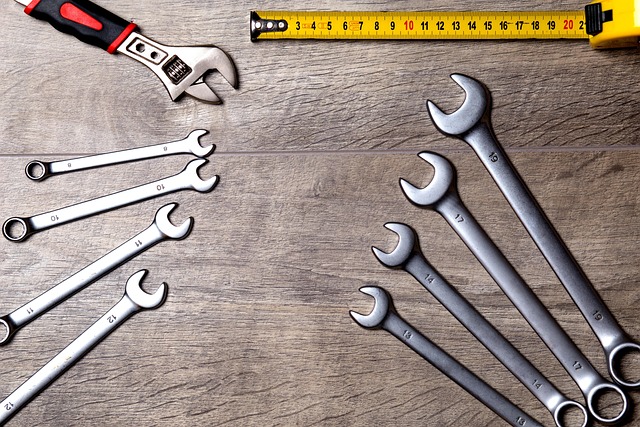
To achieve long-lasting results in apron assembly repairs, auto body shops should adhere to best practices that ensure precision and quality. The process begins with thorough inspection, where every component is meticulously evaluated for damage or wear. Using high-quality replacement parts specifically designed for automotive repair is paramount. These parts not only guarantee structural integrity but also align with the vehicle’s original specifications.
Furthermore, proper preparation of the apron assembly area is crucial. This includes cleaning and degreasing to remove any contaminants that might compromise the bond strength during the repair process. Adequate drying time between applications of adhesives or sealants is essential, as it prevents premature failure. Finally, regular training for technicians on the latest apron assembly repair techniques and technologies ensures consistent quality control, contributing to the longevity and durability of vehicle restoration efforts.
Apron assembly repair is a critical component of auto body shop operations, ensuring vehicles leave the shop with durable and aesthetically pleasing results. By implementing robust quality control measures and adhering to best practices, shops can streamline their processes and maintain high standards. These strategies not only guarantee customer satisfaction but also foster efficient, reliable, and long-lasting apron repairs, ultimately contributing to a shop’s success in the competitive automotive industry.

